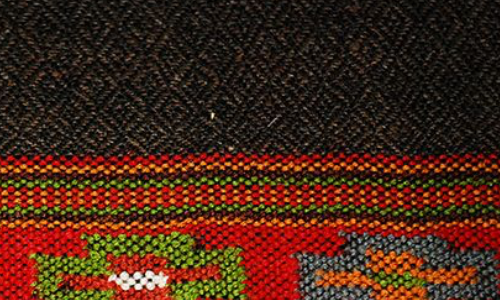Animal-Based Fabrics
Wool
- WeatherCold
- PopularityCommonly available
- ProductionMainly produced in India, China, Russia, New Zealand, Argentina, South Africa, the UK, Uruguay
- CareDry Clean
- TextureVaries according to its fabrication
- UsecasePopular as every-day wear
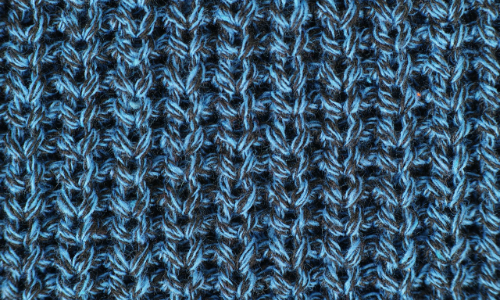
Description
Wool is generally used as fabric as it is easier to spin because individual fibers attach to each other and they remain stuck to each other. It is very bulky and that doesn’t allow the air to pass through. The fabric shields the body from external cold winds leading to keeping the body heat within. Wool is easily felt.
History of Wool
This warm fabric has been worn by humans since 10,000BCE. Wool is majorly obtained from sheep and the domestication of sheep began between 9,000 BC to 7,000 BC. But these sheep were hairier than wooly sheep. Wool garments were first weaved between 400 BC to 300 BC and at the same time, wooly sheep were introduced in Europe. Initially, sheep hair was plucked by hand or by bronze combs. The wool trade became a serious business during the medieval era. At that time Castile and England were the major exports of raw wool.
Merino wool is highly valued wool and in the 16th century, Spain allowed the export of Merino lambs. This wool is used in luxury fashion and suiting and currently, Australia produces around 80% of its total production across the globe.
As of today, wool production holds 1.1% space in the global fiber market.
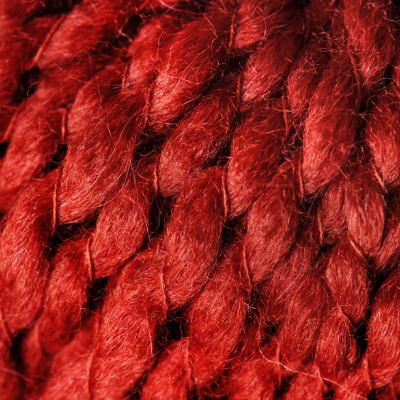
Photos
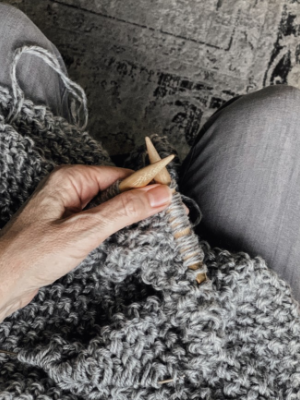
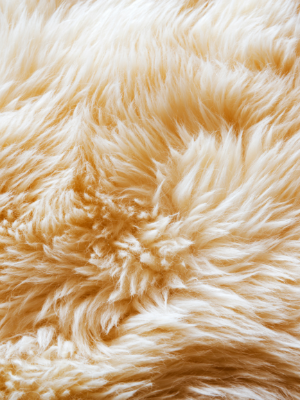
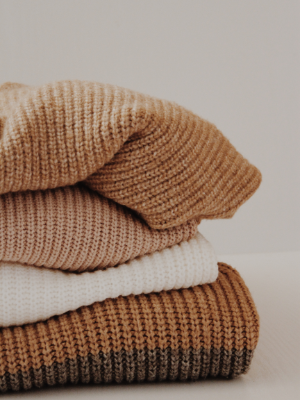
Wool is a Animal-Based fabric.
Read more about Animal-Based fabrics like Jute and Hemp.
Process
-
Shearing: The fabricating of wool fiber starts with shearing the hair of the wool-bearing animals. It is important to know that some animals grow wool-hair once a year and some might grow multiple times.
-
Cleaning: Once the shearing is done, the shorn wool is thoroughly cleaned to suspend all the undesired molecules or particles that rest on that hair. There are various ways for the removal of greasy lanolin from the raw wool but major wool producers opt for chemical catalysts in this process.
-
Sorting: Cleaning is followed by sorting into bales.
-
Carding: Further, the cleaned and sorted wool fiber is carded i.e. the obtained fiber is processed into long strands.
-
Spinning: After the conduction of carding, the long strands are spun into yarns.
Lastly, these yarns are washed and woven into garments or put to other textile use.
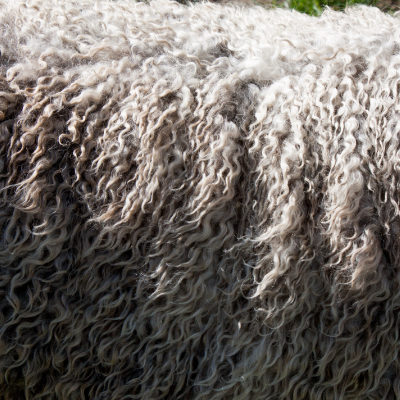
Checkout fabrics made from Wool
- Kullu Shawls
